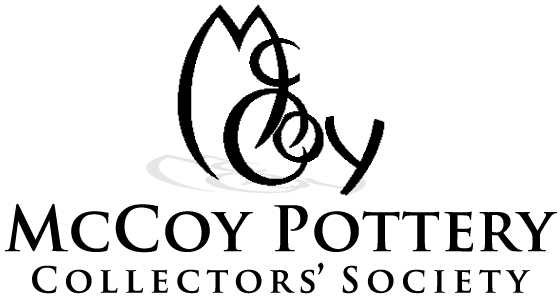By Dewayne Imsand

Some months back in 2008, several master molds, and production molds of pieces originally made by the Nelson McCoy Pottery were up for auction on eBay. The seller said that he has produced and has, “… over 50 other McCoy master molds available, including the mammy cookie jar, planters, vases, and wall pockets.” His first offerings were a master mold of the Mailbox Wall Pocket, and a master and a production mold of the McCoy Peacock Strawberry Vase.
For those that are not so familiar with molds, a master mold is used to produce production molds. The master mold is typically made of rubber, and is able to produce hundreds of production molds. Production molds are made of plaster, and they are used to produce the actual piece.
When it is planned to produce a large number of pieces, numerous production molds are necessary. This is because small amounts of clay accumulate in a mold with every use. Eventually, more and more details of the design of the piece become blurred, and a new mold must be used.
Due to copyright issues, the actual molds that were auctioned can not be shown here, however, a three-piece rabbit, production mold is given for illustration. The two larger mold pieces fit together, with the smaller piece inserted in the slot at the top. The smaller mold piece has one-half of each of the two ears on the front and back. This arrangement allows the ears to be three-dimensional.
After the mold is assembled and secured together, usually with rubber bands, the mold is turned upside down and liquefied clay, which is called slip, is poured into the mold through the circular hole. The mold is then allowed to sit for a period of time. The plaster mold absorbs water from the slip and leaves the clay to accumulate on the sides. After the clay has thickened to the desired thickness, the remaining slip is poured out and the mold is allowed to dry. When sufficient drying has occurred the mold is separated and the piece, in this case the rabbit, is removed. The rabbit is then trimmed, and after some additional drying can be fired in the kiln.
An inquiry was made regarding the origin of the molds that the seller had up for auction. The seller responded, “I am a master mold maker and the molds are produced from either an actual piece, or a sculpted replica of the piece.”
This is somewhat reassuring. It means that all of the pieces from these molds will be smaller than the authentic Nelson McCoy piece that they appear to be. This size difference provides the means to detect reproductions, regardless of the source.
